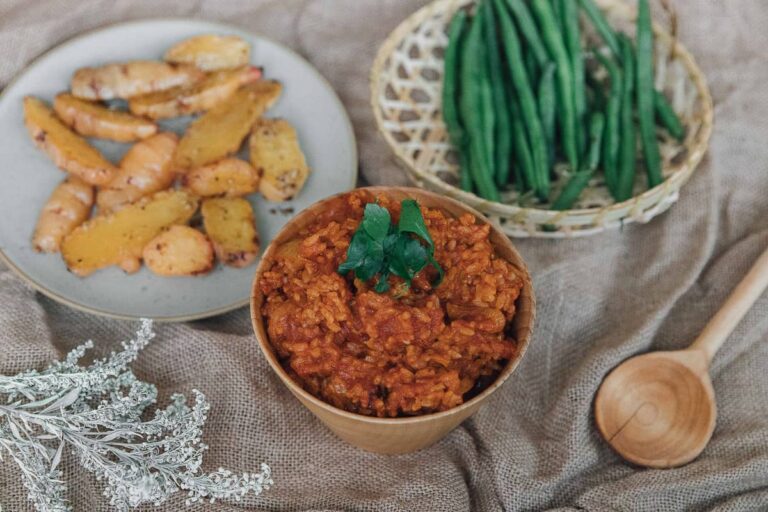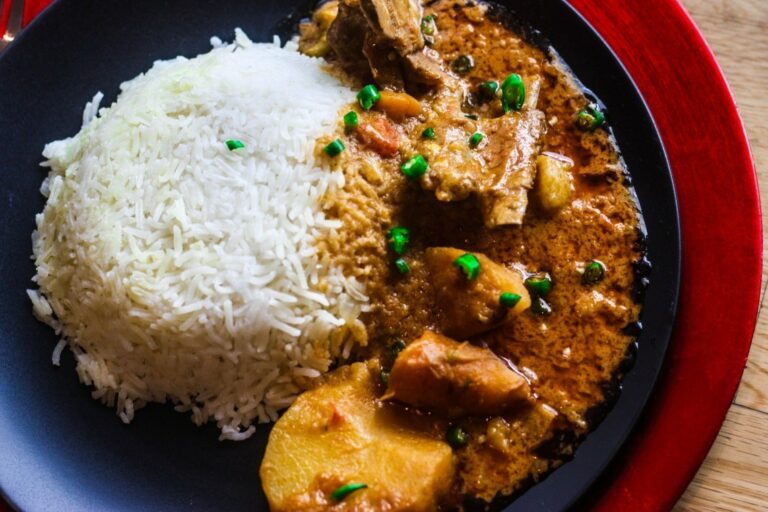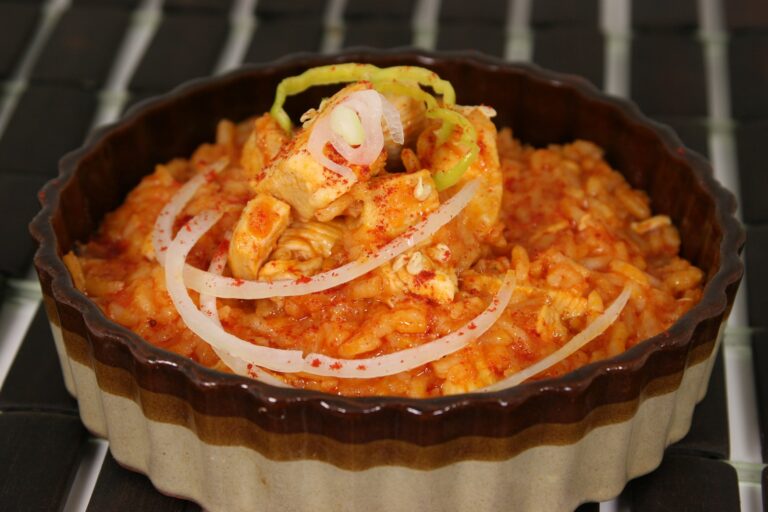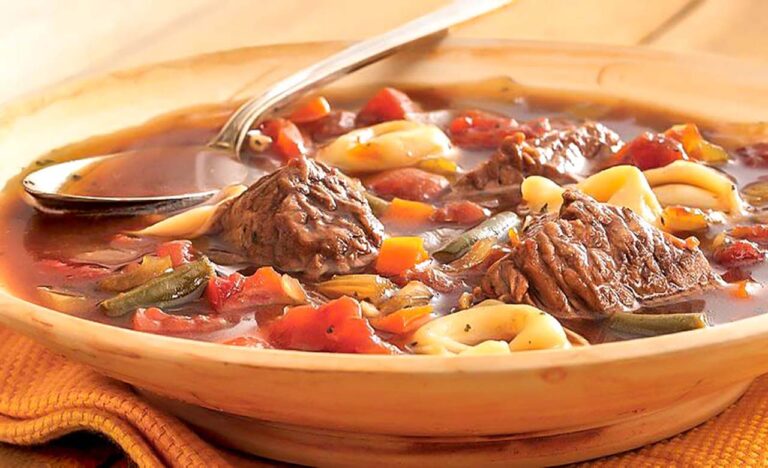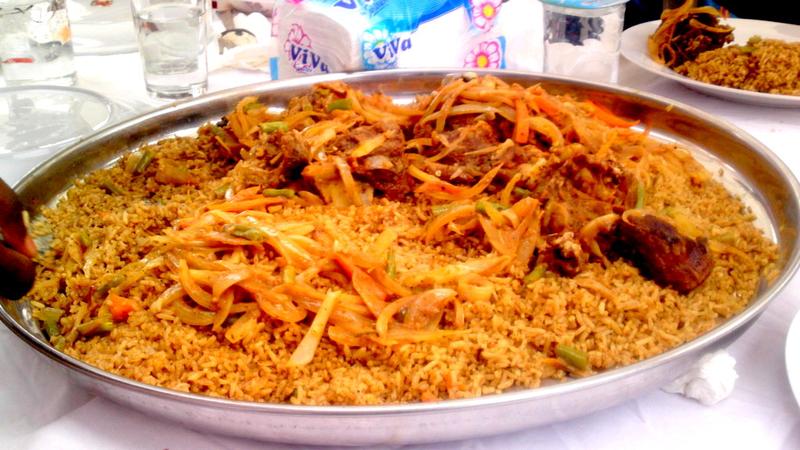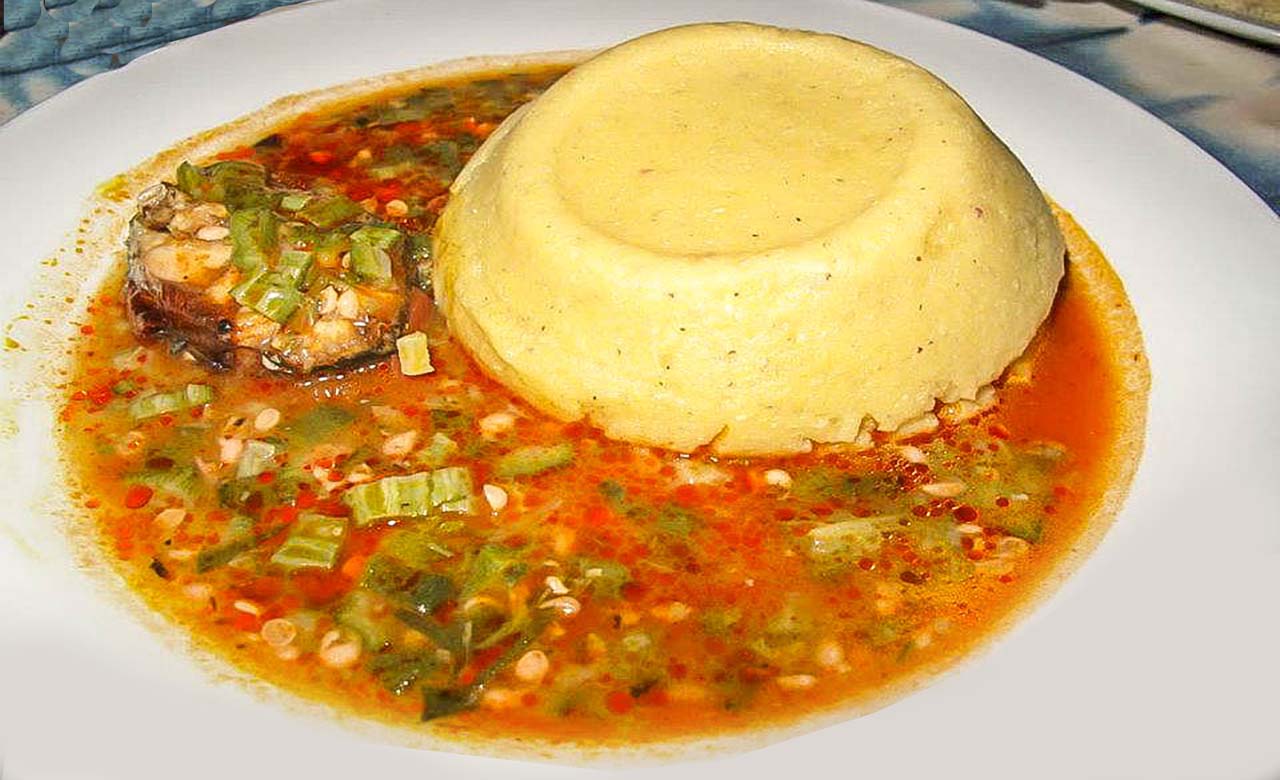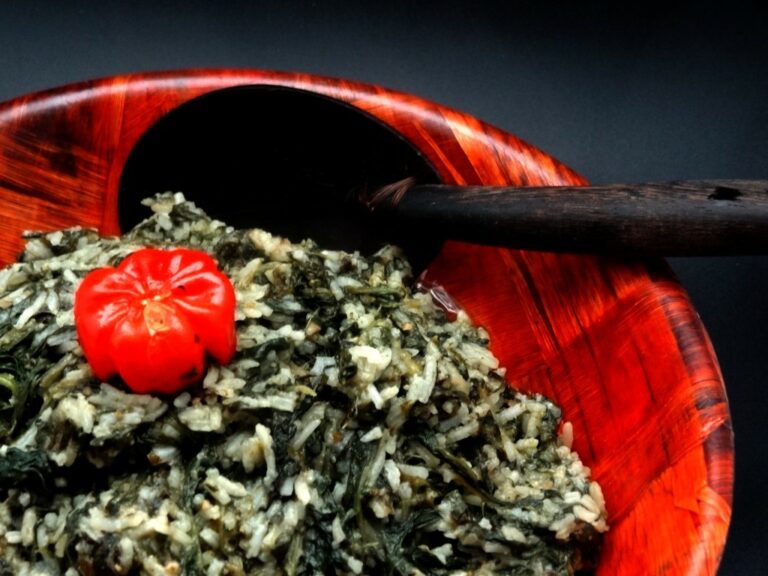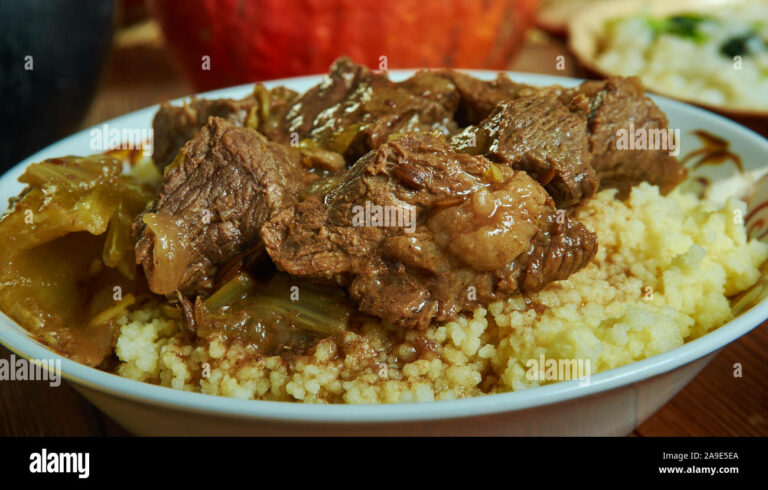Introduction
Burkina Faso, located in West Africa, is known for its rich cultural heritage. Food is an essential part of Burkina Faso’s culture and identity. The country’s cuisine is characterized by the use of local ingredients like peanuts, millet, sorghum, and vegetables. This article will explore some popular dishes in Burkina Faso that are made with these local ingredients.
Sorghum-based dishes
Sorghum is a staple crop in Burkina Faso, and it is used in several dishes. One of the popular sorghum-based dishes is tô or bouille, a porridge-like dish made from sorghum flour. It is usually served with a soup or sauce made from vegetables, meat, or fish. Another popular dish is called bôbô, a fermented sorghum drink that is often served with meals.
Peanut-based dishes
Peanuts are also a common ingredient in Burkina Faso’s cuisine. One of the most famous peanut-based dishes is sauce d’arachide, a sauce made from peanut paste, onions, tomatoes, and spices. It is usually served with rice or tô. Another popular dish is called gombo, a stew made from okra, peanuts, and meat or fish.
Vegetable-based dishes
Burkina Faso has a wide variety of vegetables, and they are used in many dishes. One of the popular vegetable-based dishes is riz gras, a rice dish made with vegetables, meat or fish, and spices. Another famous dish is called feuille, a stew made from vegetables like spinach, cabbage, and eggplant. The vegetables are cooked with meat or fish and spices.
Millet-based dishes
Millet is another essential ingredient in Burkina Faso’s cuisine. One of the most popular millet-based dishes is called fufu, a dough-like dish made from millet flour. It is often served with soup or sauce made from vegetables, meat or fish. Another famous dish is called bissap, a millet porridge that is sweetened with sugar or honey and served with milk.
Meat-based dishes
Meat is a significant part of Burkina Faso’s cuisine, and it is often served with rice or tô. One of the popular meat-based dishes is called yassa, a chicken dish marinated in lemon juice and onions. Another famous dish is called ragoût de mouton, a lamb stew made with vegetables and spices.
Rice-based dishes
Rice is also a staple ingredient in Burkina Faso, and it is used in many dishes. One of the popular rice-based dishes is called riz gras, a rice dish made with vegetables, meat, or fish, and spices. Another famous dish is called riz sauce, a rice dish served with a sauce made from vegetables, meat, or fish.
Sweet-based dishes
Burkina Faso also has a variety of sweet dishes made with local ingredients like millet and fruits. One of the popular sweet dishes is called patate douce, a sweet potato pudding that is flavored with cinnamon and nutmeg. Another famous dish is called mango chutney, a sweet and sour sauce made from mangoes, onions, and spices.
In conclusion, Burkina Faso’s cuisine is diverse and delightful. The use of local ingredients and spices makes the dishes unique and flavorful. The dishes mentioned in this article are just a few examples of the many delicious dishes that Burkina Faso has to offer.

